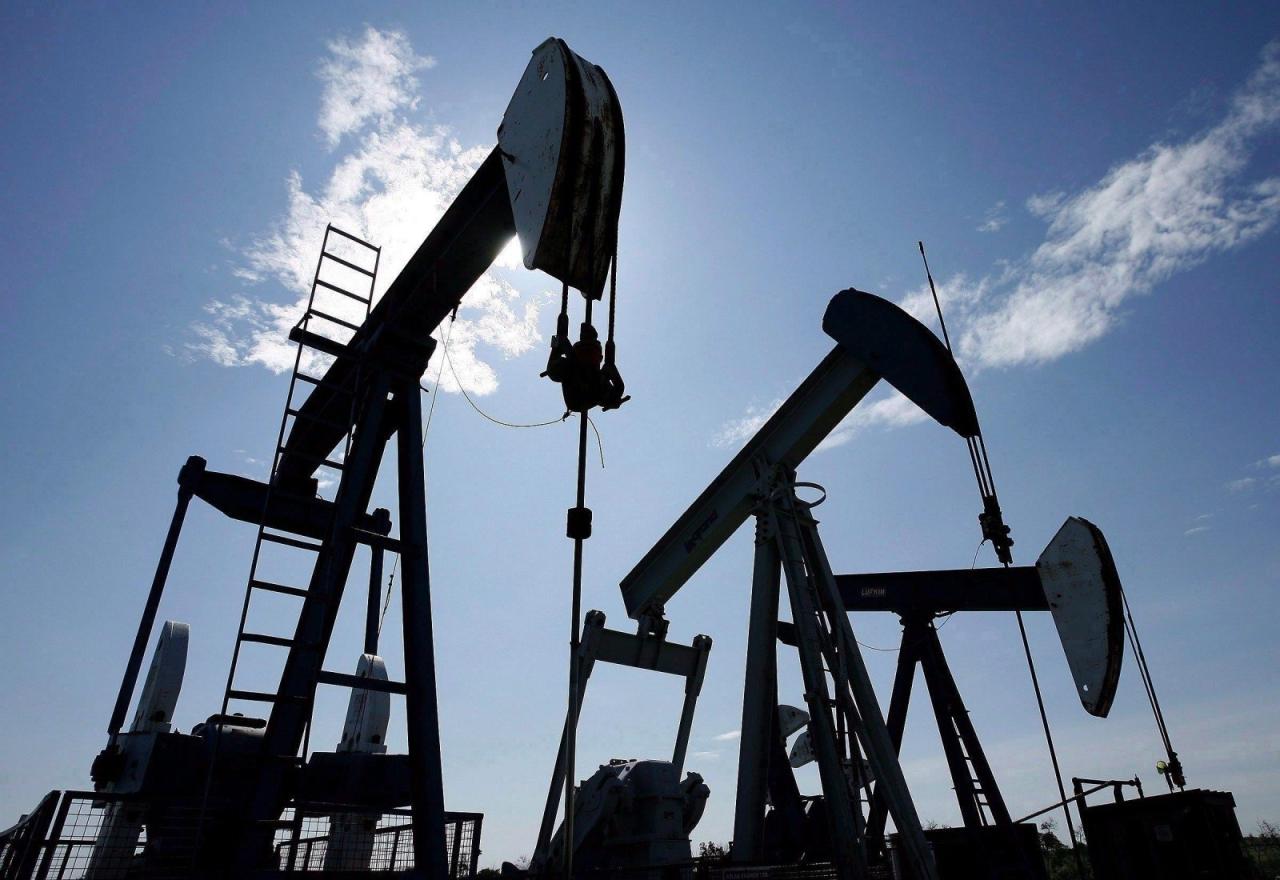The Fear and the Oil

Saber-rattling in the Middle East and the continued deterioration in Venezuela have once again trumped considerations such as supply and demand in the fluctuations of global oil prices. Despite what looks like still ample global supply, both Brent crude and West Texas Intermediate have risen this week on the back of geopolitical fears.
The highlight of the week in this respect was no doubt the sabotage of four vessels off the Emirati coast that U.S. authorities said may have been caused by Iran. The sabotage reports were followed by reports of a Houthi attack on two Saudi oil facilities. Meanwhile the U.S. sent an aircraft carrier to the Middle East in what was overwhelmingly perceived as the next step in an escalation between Washington and Tehran.
This would have been enough to push prices a lot higher in just a couple of days as fears about supply from the Middle East are perhaps the most traditional of bullish factors for prices. However, this time the increase has been limited and this is because although they have been receiving less attention, oil fundamentals remain on the scene and they seem to be bearish for benchmarks right now although the situation remains highly volatile and this is working in bulls’ favor.
Take Venezuela, for example. According to OPEC’s latest Monthly Oil Market Report, Venezuela’s oil production surprisingly inched up in April, to 768,000 bpd from 740,000 bpd in March. However, a PDVSA report seen by S&P Global Platts has revealed that since the start of May, production has slumped by as much as 77 percent to 169,800 bpd because of the lack of tankers to carry the crude.
“The US sanctions have impacted the international market and have increased the cost of freight to Venezuela, the availability of shipowners to provide such services and the final cost of the products, placing PDVSA in an unfavorable and weak negotiating position,” another report said.
There is also Libya, where the fight between the Libyan National Army of U.S.-backed General Khalifa Haftar and the UN-recognised Government of National Accord has reached a stalemate but it can yet affect oil production, which for the time being has been spared any new outages.
Yet on the other hand there is news from Canada that several oil producers will expand production this year despite pipeline constraints; assurances from Saudi Arabia and the UAE they would be happy to cover for any loss in Iranian oil; and, of course, booming oil production in the U.S., where, according to Rystad Energy, shale is now the second-cheapest source of new oil supply. That, combined with lower oil demand expectations from the International Energy Agency has been enough to keep a lid on prices, preventing a major spike and a consequent slump in demand.
That said, the oil market loves to fear wars and supply disruptions. This means that despite the fundamental factors that would suggest prices should be lower, the coming weeks would likely bring more uncertainty and more price rises until the dust settles in the Middle East or – always a possibility in the region – the situation escalates further and so do oil prices.

